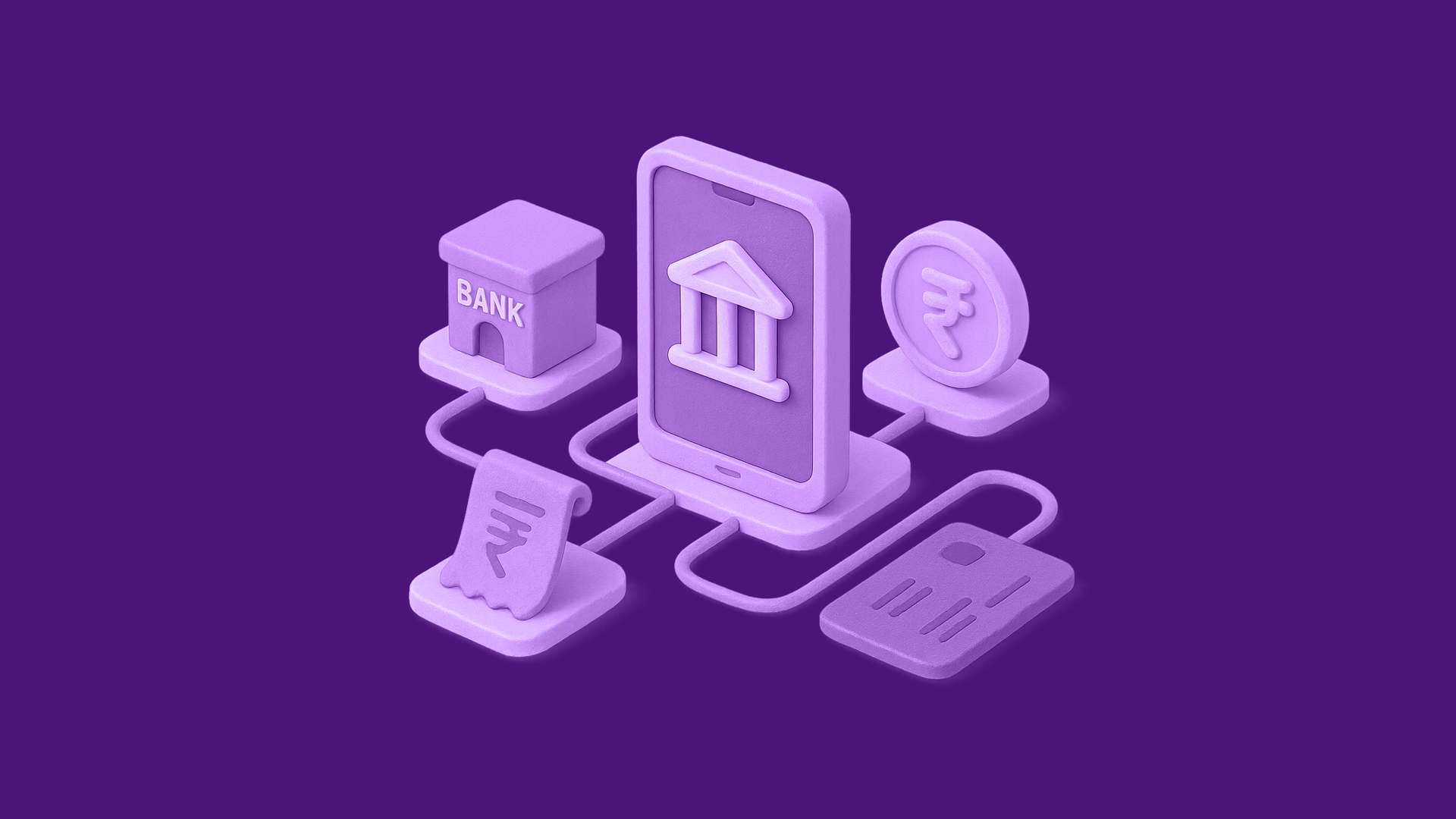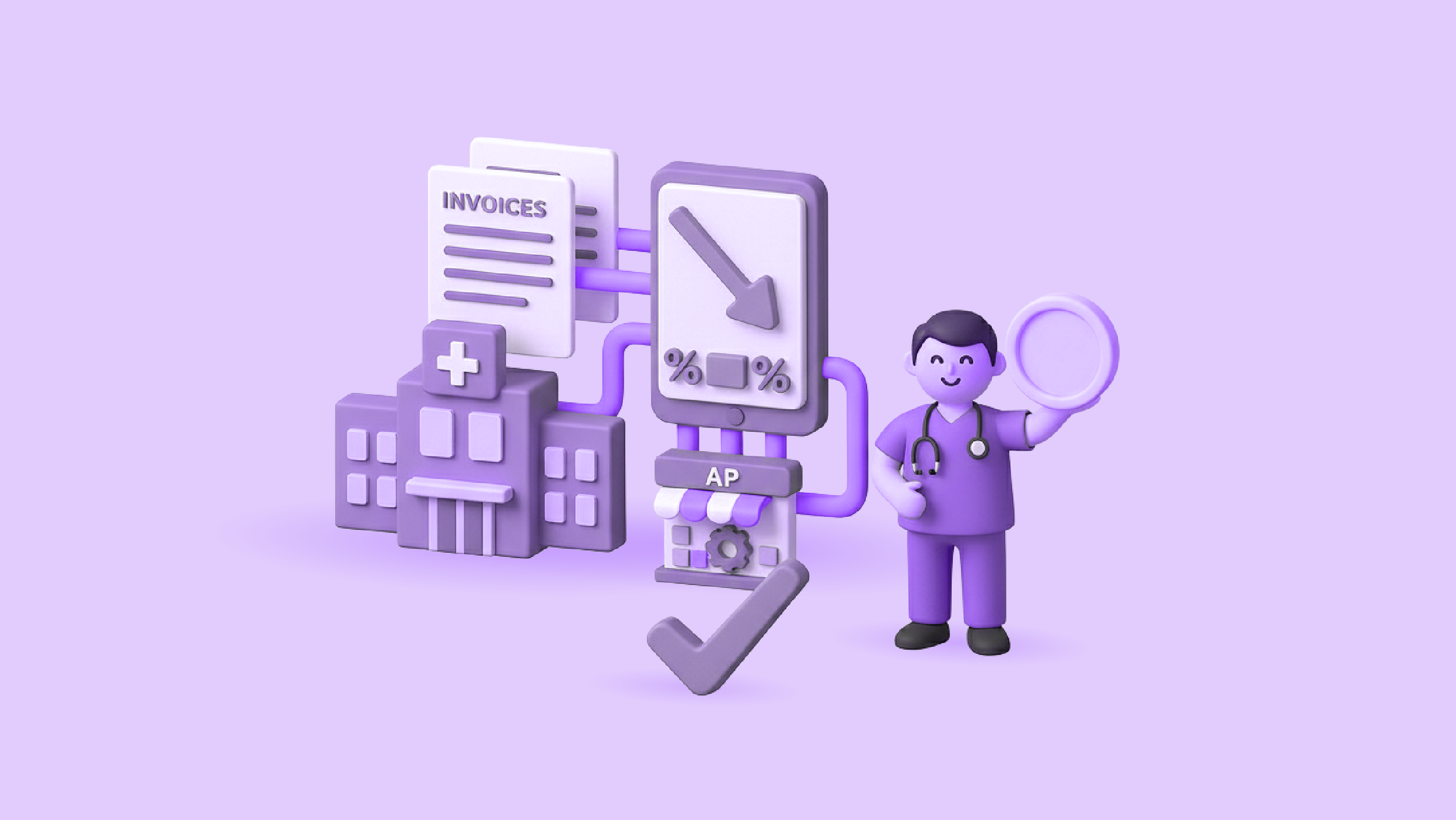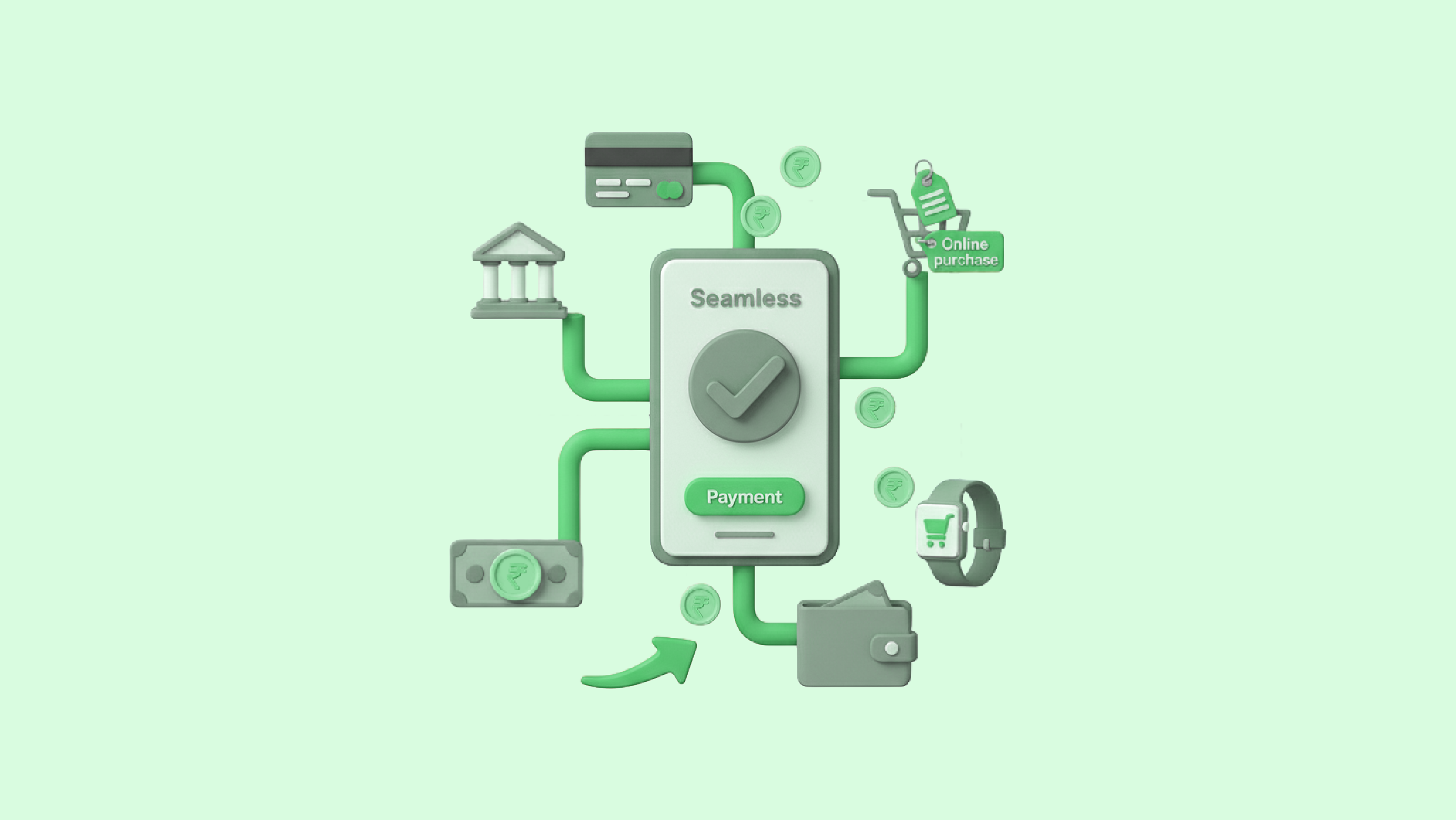For any business, managing accounts payable (AP) efficiently is crucial. AP is not just about paying vendors; it is about keeping operations running smoothly, maintaining trust with suppliers, and ensuring compliance with financial rules. While many companies have moved to digital systems for invoice approvals, the actual process of making payments is often disconnected. This gap creates delays, errors, and unnecessary manual work.
Connected banking offers a way to close this gap. By directly linking AP systems with banking platforms, businesses can move from approval to payment without friction. The result is faster processing, better control, and improved supplier relationships.
The Traditional Accounts Payable Workflow
A typical AP process has several steps:
- Invoice receipt – Vendors send invoices in paper or digital form.
- Verification – Finance teams check details like amounts, GST compliance, and purchase orders.
- Approval – Department heads or managers approve the invoice for payment.
- Payment execution – The approved invoice is sent for payment, usually through online banking or cheques.
On paper, this looks simple. In practice, the final step is often the most challenging. Businesses might approve invoices in their ERP or AP software, but payments are processed through a separate banking portal. This disconnect forces teams to re-enter data, download reports, and manually reconcile payments with invoices.
The Bottleneck Between Approval and Payment
The break between approvals and actual payments is where many inefficiencies occur.
- Duplicate data entry: Finance staff copy details from ERP systems to bank portals, increasing the risk of errors.
- Delays: If payments are queued for manual processing, vendors wait longer for their dues.
- Missed timelines: Late payments can lead to penalties, strained vendor ties, and cash flow issues.
- Reconciliation challenges: Matching bank statements with AP records takes time and often requires multiple people.
For example, a company with hundreds of vendors may approve invoices on time but still struggle to process payments quickly. Suppliers chasing payments creates friction, and the finance team spends more hours on routine follow-ups than on strategic work.
What Is Connected Banking?
Connected banking is the integration of systems with banking platforms. Instead of moving between multiple systems, businesses can initiate payments directly from their AP software once an invoice is approved.
Key features of connected banking include:
- Automated payment initiation: Payments are pushed to the bank in real time after approval.
- Secure authorization: Bank-level checks ensure only approved and authorized payments are released.
- Real-time reconciliation: Payment status updates flow back to the AP system automatically.
- Bulk processing: Multiple vendor payments can be made in one go.
This model ensures that invoice approval and payment execution are no longer separate steps but part of the same workflow.
Why Connected Banking Is the Missing Link
Connected banking bridges the long-standing gap in AP.
- Efficiency: Payments are executed with fewer manual steps. Teams no longer need to upload payment files or log into different systems.
- Accuracy: Automated data transfer reduces entry errors and mismatched records.
- Control and compliance: Every payment is recorded with a clear trail, making audits easier.
- Supplier trust: Vendors are paid on time, strengthening long-term relationships.
Consider an organisation that pays hundreds of invoices each month. Without connected banking, even small delays at the payment stage add up. With integration, approvals turn into payments in hours rather than days, directly improving business credibility.
Practical Benefits for Businesses
The advantages of connected banking extend across the business.
- For CFOs and finance leaders: It offers real-time visibility into cash outflows, enabling better working capital management.
- For AP teams: It reduces manual tasks such as uploading payment files, chasing approvals, and reconciling transactions.
- For suppliers: It ensures timely payments, building confidence and loyalty.
- For auditors: Payment trails are automatically maintained, reducing compliance risks and saving audit time.
In addition, businesses can handle different types of payments, GST dues, employee reimbursements, and vendor payments through the same connected channel, simplifying financial operations.
Real-World Applications
Connected banking is not an abstract idea; it has very practical applications.
- Vendor payments: Once invoices are approved, payments can be scheduled automatically.
- Bulk payments: Payroll or supplier settlements that usually require manual uploads can be executed directly from the AP system.
- Recurring payments: Rentals, subscriptions, or loan EMIs can be set up to avoid missed deadlines.
- Compliance-related payments: Taxes such as GST or TDS can be scheduled accurately and on time, avoiding penalties.
For instance, a manufacturing firm working with 300 suppliers can save several hours each week by initiating payments in bulk instead of handling them one by one.
Overcoming Adoption Barriers
While the benefits are clear, businesses may hesitate to adopt connected banking due to concerns.
- Security: Companies worry about exposing financial data. However, connected banking solutions use bank-grade encryption and multi-factor authentication.
- Integration: Some fear that their ERP or AP system may not connect easily. Modern APIs make integration smoother and cost-effective.
- Cost: Businesses assume such solutions are expensive. In reality, the savings from reduced errors, fewer penalties, and better cash management often outweigh the investment.
These barriers are more about perception than reality. As more companies adopt integrated solutions, the comfort level with connected banking is steadily growing.
The Future of AP with Connected Banking
The way Accounts payable is managed is changing rapidly. With regulators pushing for digitisation and businesses demanding faster cycles, connected banking is no longer optional.
APIs are enabling direct communication between ERPs and banks. Fintechs are collaborating with banks to create platforms that serve as one-stop hubs for invoice approvals, payments, and reconciliation. Businesses that adopt these models now will be better positioned to scale efficiently, manage compliance with ease, and strengthen supplier partnerships.
Conclusion
The AP process has long suffered from a gap between invoice approval and payment execution. While approvals are digital, payments often remain manual and disconnected. Connected banking closes this gap by linking AP systems with banking platforms directly.
The result is faster payments, fewer errors, stronger compliance, and better vendor relationships. For finance leaders looking to improve efficiency and build resilience, connected banking is the missing link that brings the AP cycle full circle—from approval to payment.
With OPEN Accounts Payable, connected banking is built right into your workflow. From invoice capture and smart approvals to direct multi-bank payouts, OPEN eliminates the gap between approvals and payments. Finance teams can process bulk vendor settlements, dues, and reimbursements in one system – without file uploads or manual reconciliations. OPEN AP ensures faster payments, stronger compliance, and better vendor relationships – making your payables truly future-ready.





